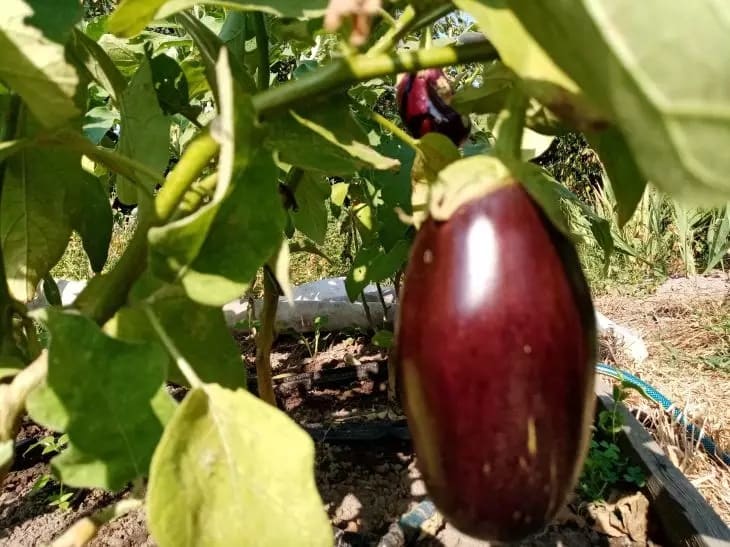Anyone who grows vegetables in their garden has probably had situations when the beds are fully cared for and watered, but the harvest ends up being very small.
One of the reasons may be that the wrong area has been chosen for garden crops.
After all, there are plants that grow close to each other and have a positive effect on each other, and there are those that inhibit the growth of plants growing close to each other in the garden.
The reason for this phenomenon is that one of them secretes certain substances that slow down the growth of the other. Here is a list of unfavorable pairs of vegetable crops that are not advisable to plant next to each other:
1. Onions and peas.
It is always better to plant any variety of peas and all types of onions far from each other. Onions, like garlic, inhibit the growth of peas, which leads to a very poor harvest of this legume.
Cucumbers, carrots, parsley, and kohlrabi will feel good next to peas.

2. Tomatoes and potatoes.
These two crops belong to the same family - nightshade and, as a rule, suffer from the same diseases and are subject to destruction by the same insects.
Therefore, to prevent these vegetable crops from infecting each other in case of illness, it is better not to plant them in beds next to each other. It is also not recommended to grow peppers and eggplants next to potatoes and tomatoes.
3. Peppers and beans.
These two plants are often susceptible to a fungal disease that causes black spots on the leaves and stems and causes the fruits to rot. It is not recommended to grow them next to each other in the garden because of the risk of infection from one plant to the other.
4. Dill and carrots.
For many years, gardeners have noticed that carrots grow very poorly around them, and it is also believed that parsley also disrupts the growth of carrots. Various varieties of onions, spinach, and peas have a very positive effect on the growth of this useful root crop.
5. Broccoli and salad.
Lettuce growth is suppressed by substances that broccoli releases into the soil as it grows. It has been noted that lettuce seeds will germinate very slowly and poorly if they are sown in a garden plot where broccoli used to grow. Strawberries, radishes, cucumbers, beets, and onions planted nearby have a positive effect on lettuce growth.
6. Mustard greens and beets.
It is especially undesirable to plant mustard next to beets. Onions, cauliflower and asparagus grow well next to it.
It is possible to plant crops not in separate areas allocated for each crop, but interspersed. This vegetable planting allows to avoid soil depletion, since different crops have different needs for soil nutrients.
It also helps to use the garden plot profitably, if, for example, its area is not very large, but you want to plant more varieties of plants and vegetables.
And a well-chosen neighborhood of vegetables, the growth of which has a wonderful effect on each other, will lead to a rich and abundant harvest.








